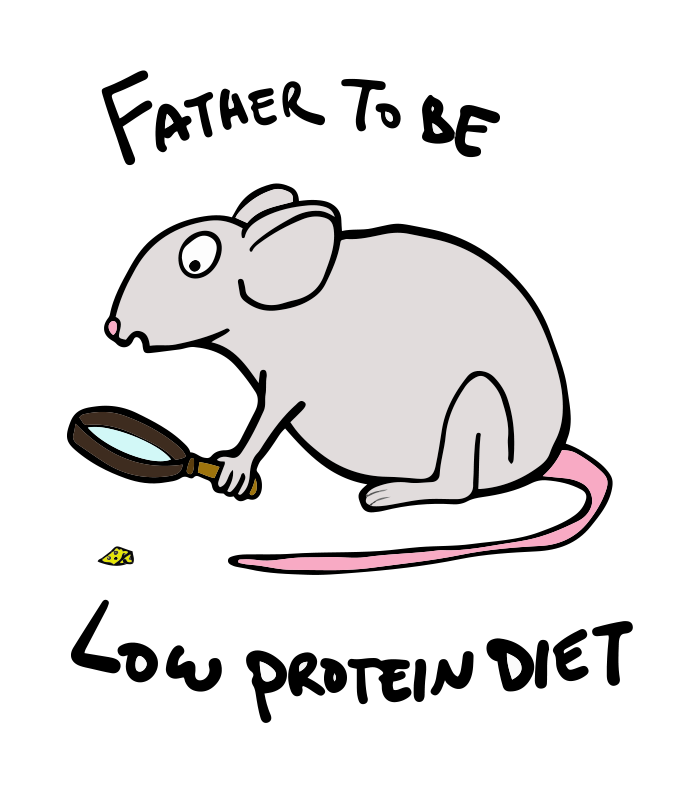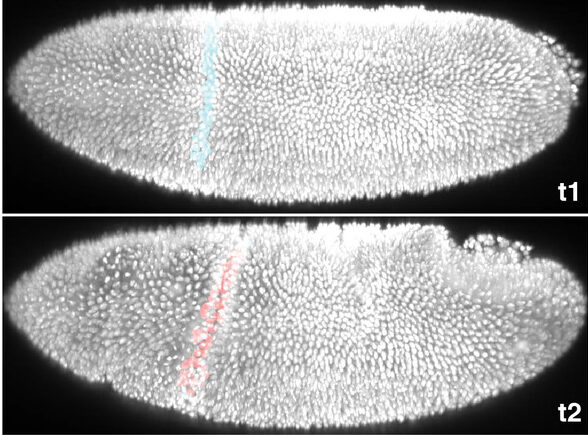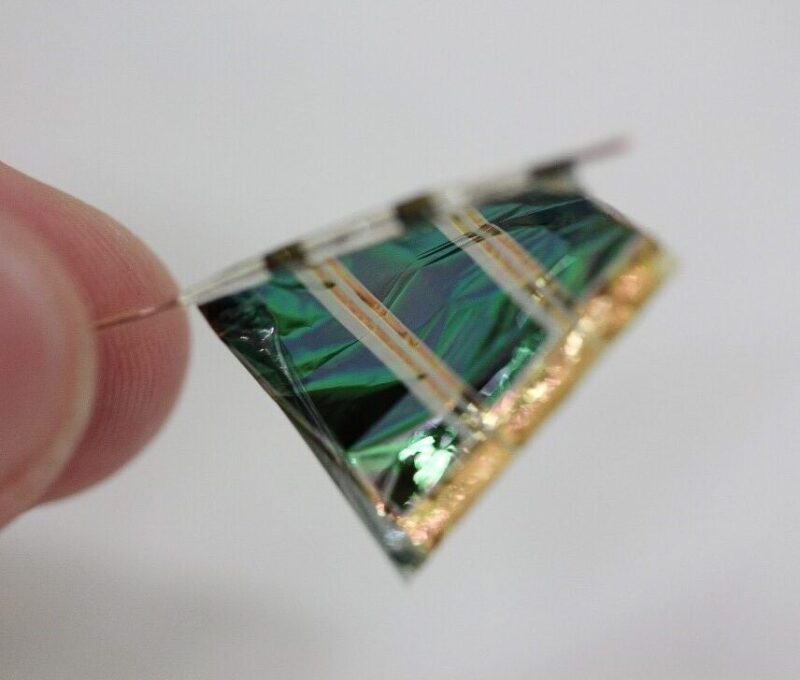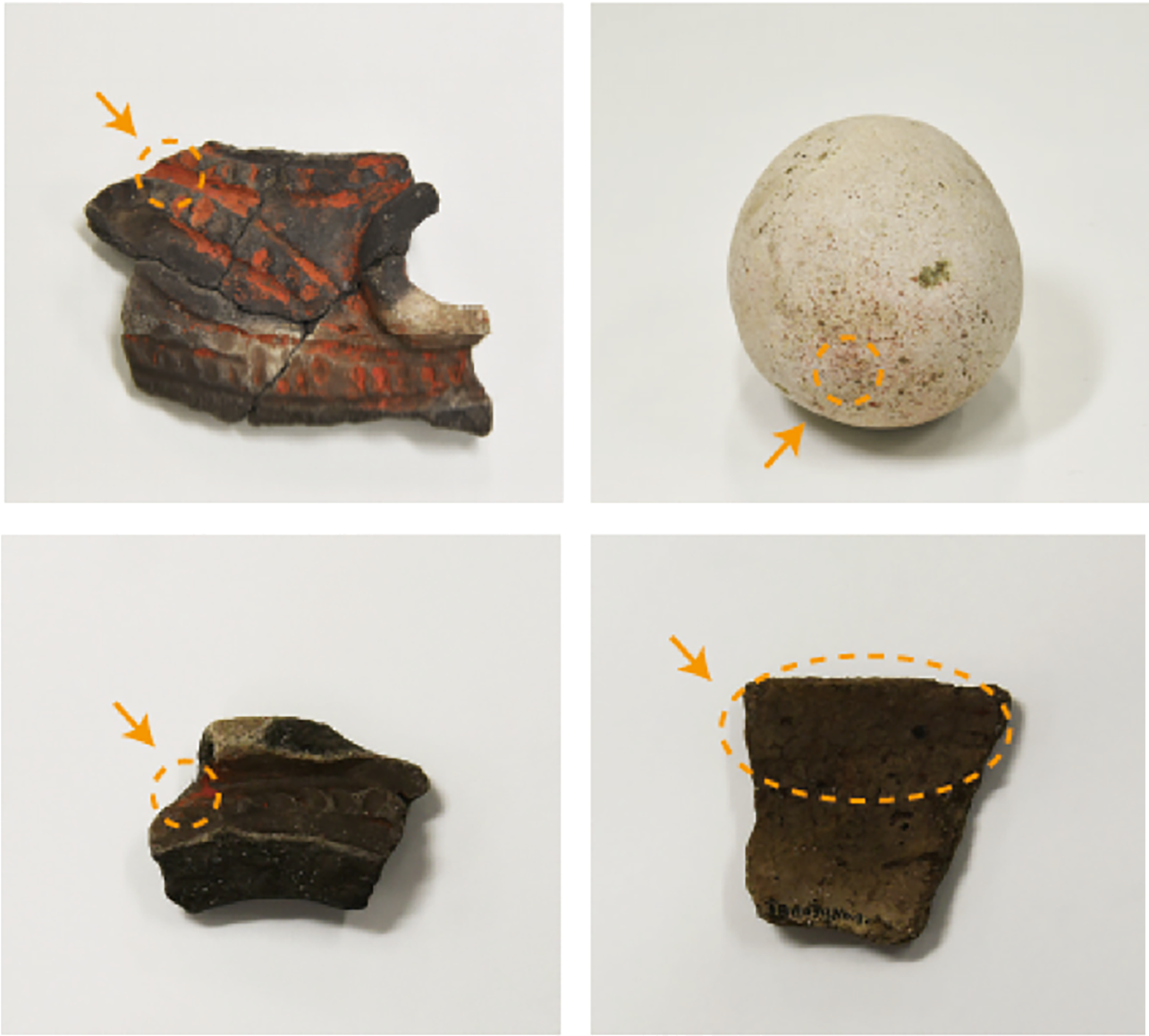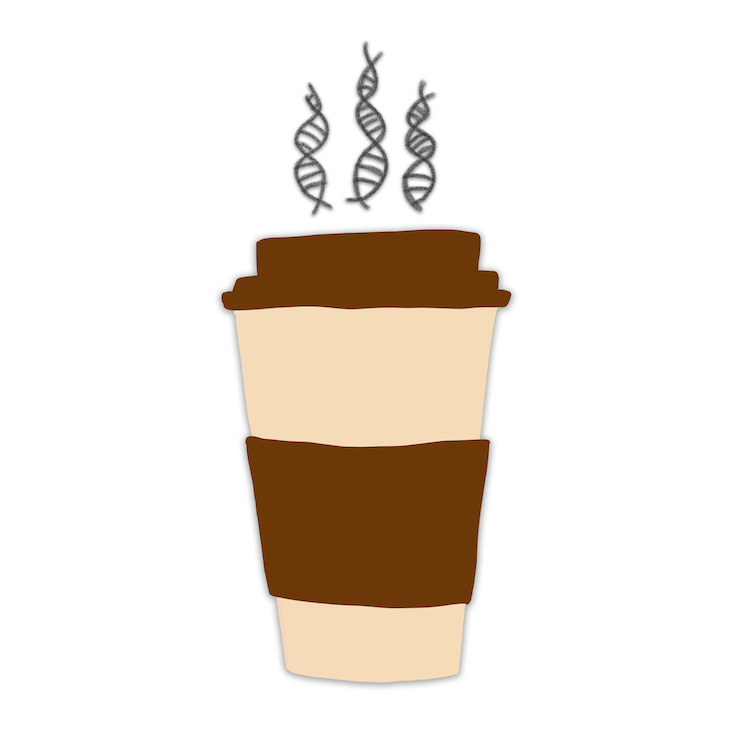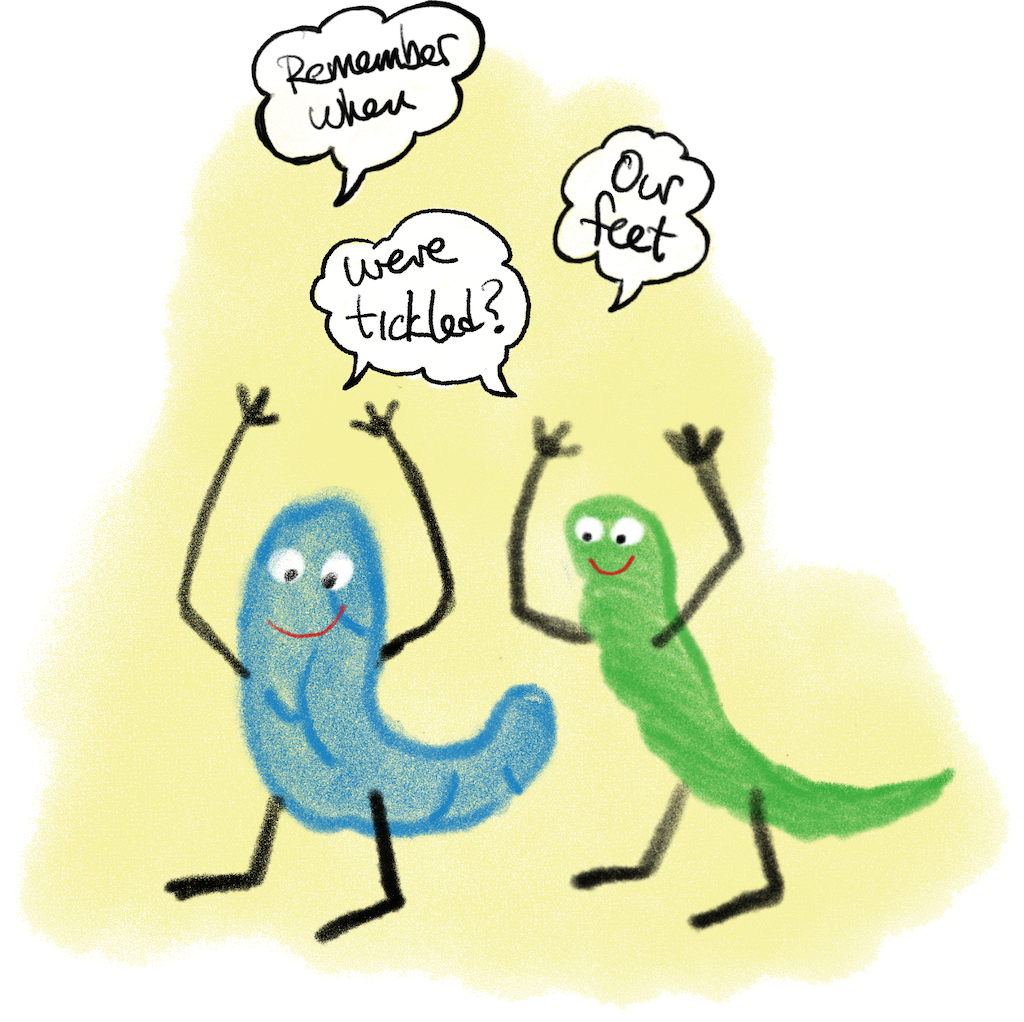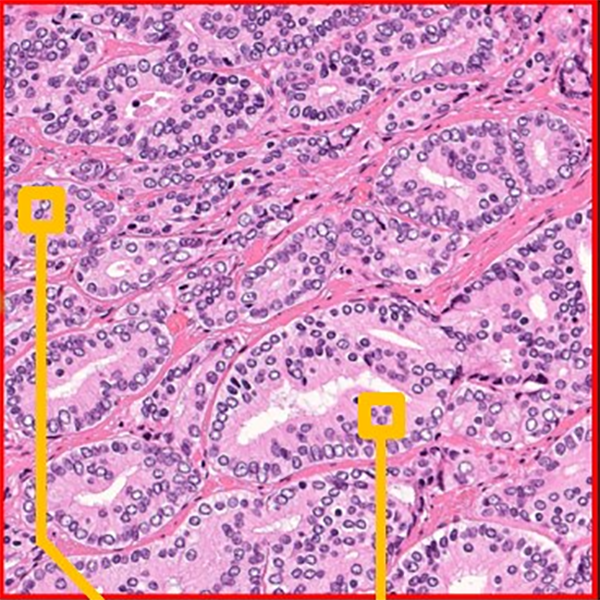Latest research animations
Self-assembly of spider silk
This gut microbe might protect against diabetes and reduce insulin resistance
NEW: One-way hydrogel guides motion of tiny worms!
Latest Posts
No Results Found
The page you requested could not be found. Try refining your search, or use the navigation above to locate the post.
Ultraprecise clocks and the Tokyo Skytree verify Einstein’s theory of relativity
Low-protein diet changes sperm and health of future offspring
Physiological origami and proper body development in flies
Efficient and durable ultra-thin solar cells
Tape and vermilion: ingredients for mapping artifact origins
Are you “at risk” of being a habitual coffee drinker?
Astrocytes powered by norepinephrine during fear-memory formation
Brain wave synchrony can predict memory age
AI identifies features associated with cancer recurrence
Feb
4
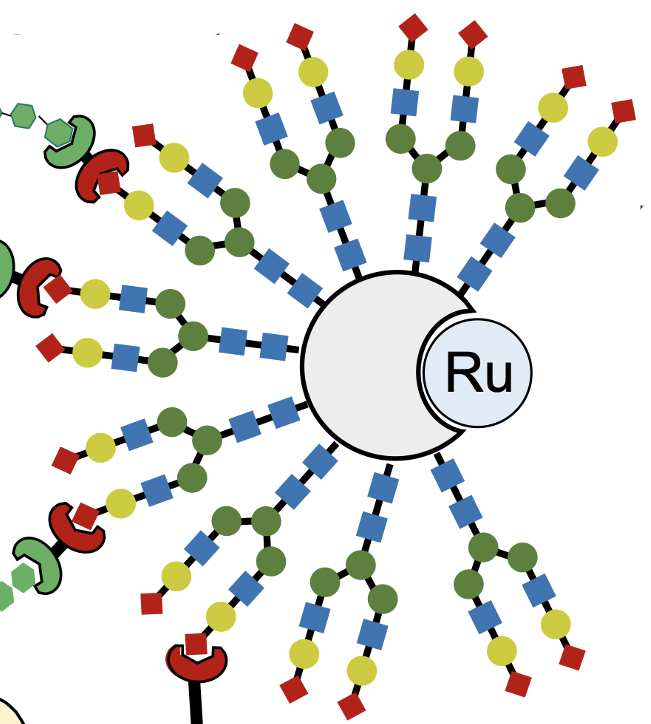
New treatment assembles cancer drug inside the body
Cancer drugs assembled inside the body on cancer cells should reduce harmful side effects to other tissue.
Jan
27
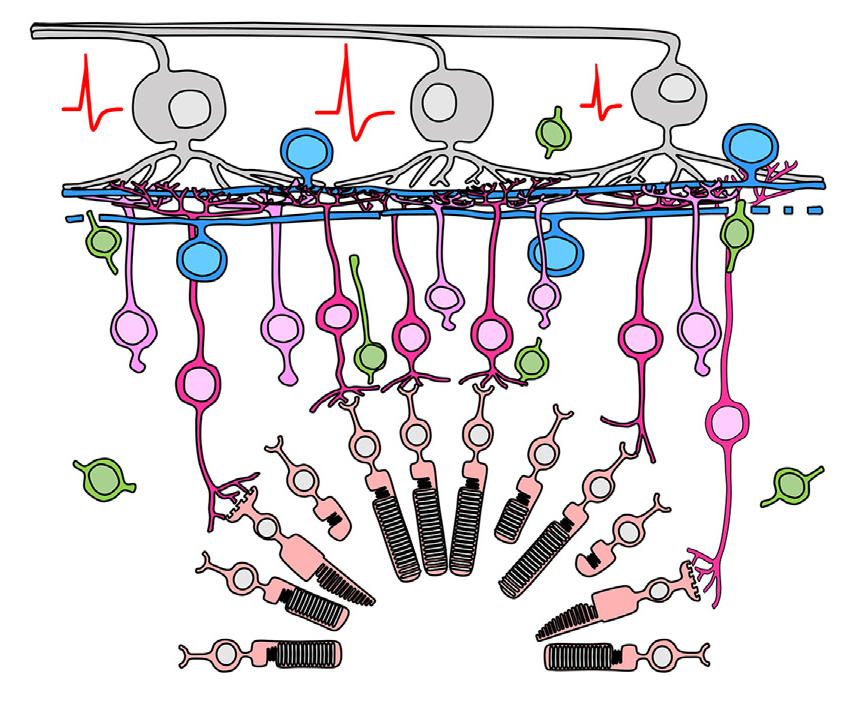
New lab-grown retinal sheets almost ready for clinical trials
A new retinal transplant technique works by preventing bipolar cells from maturing in lab-grown retinal sheets.
Jan
17

The free-energy principle explains neural network behavior
Jan
13
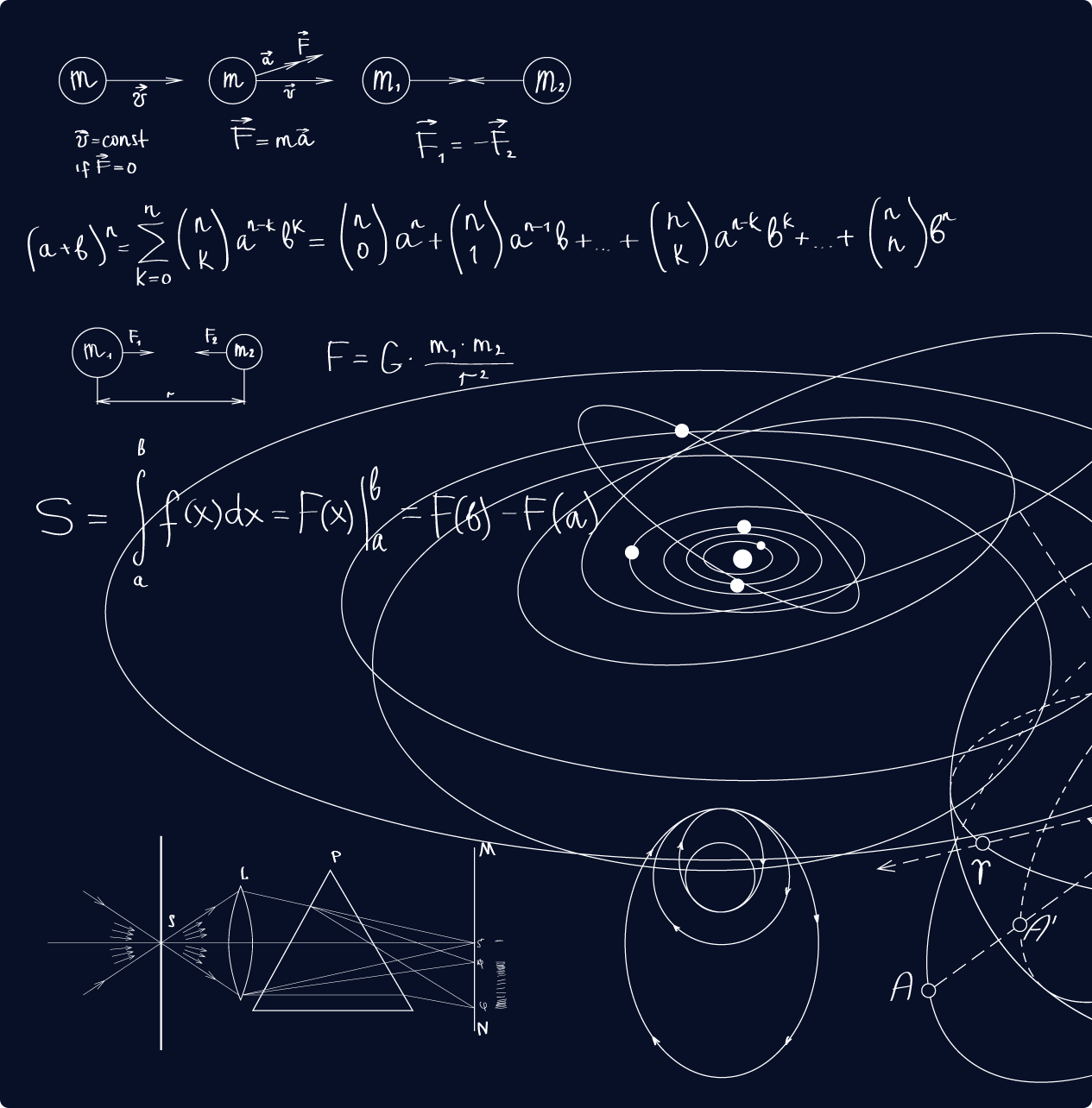
How does gravity affect antimatter?
Dec
23
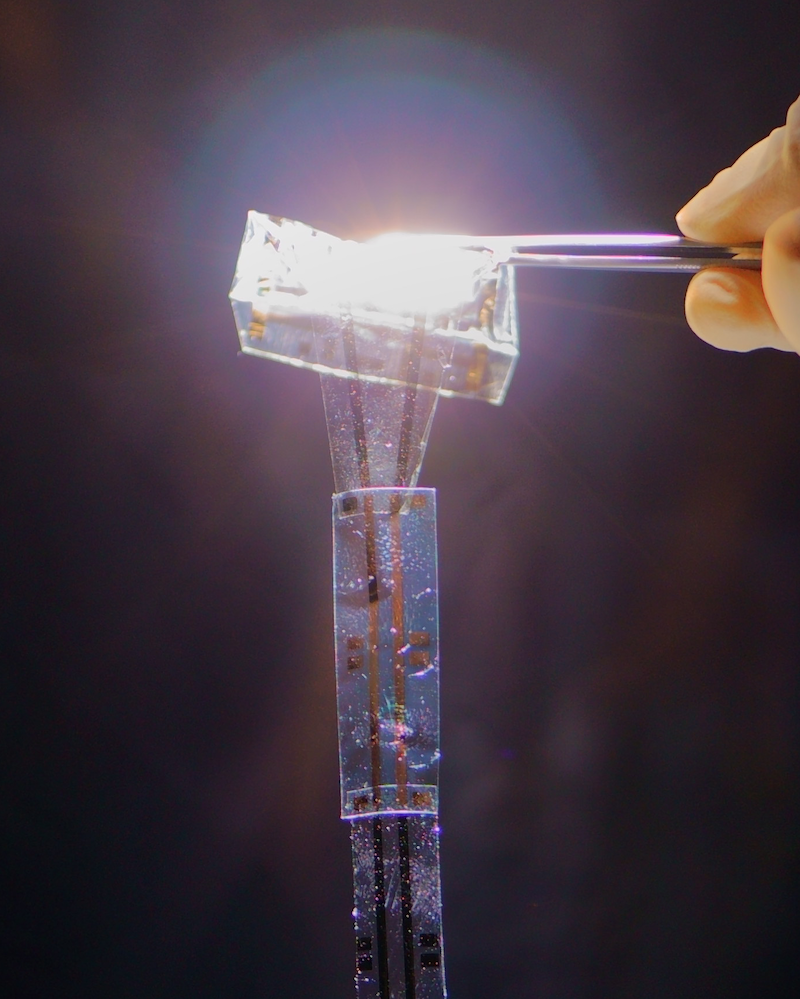
Super-thin wearable electronics just got more flexible
A method for making super-flexible and ultra-thin wearable electronics uses water-vapor plasma to create gold-gold bonds.
Dec
17
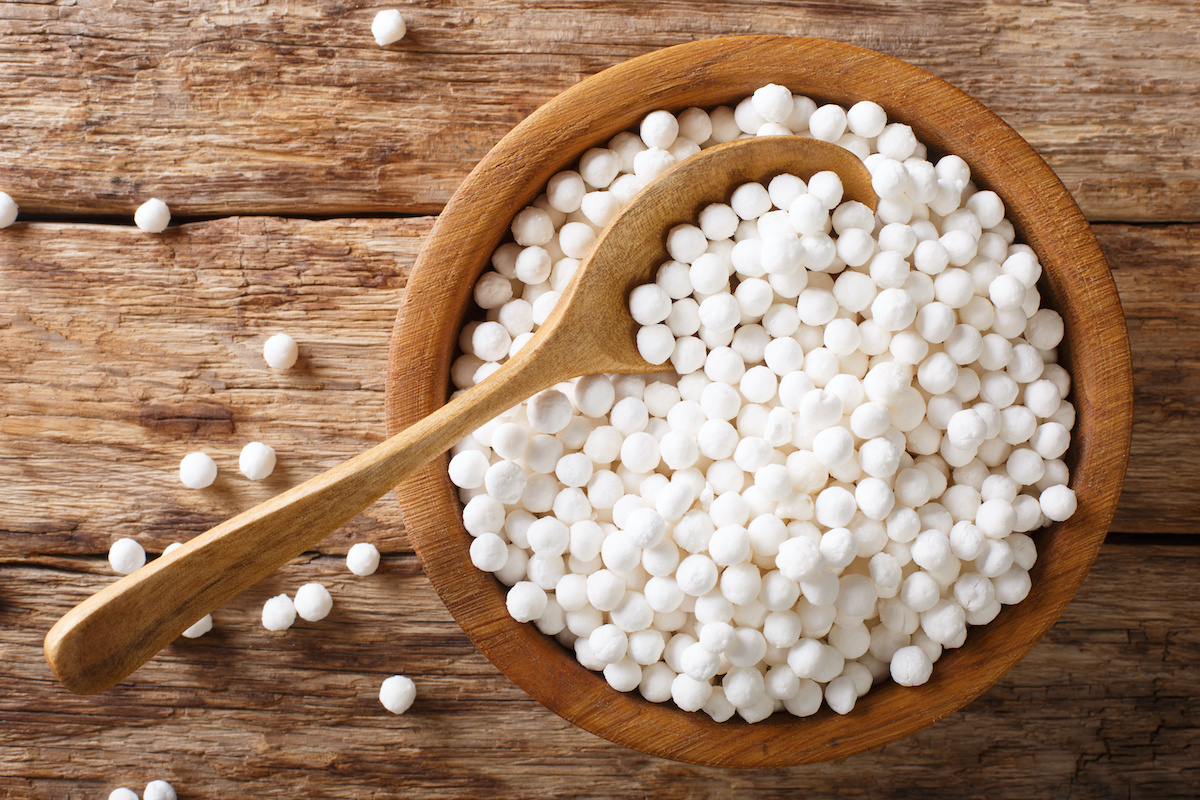
Cassava engineered to produce healthier tapioca starch
Reducing the amount of starch branching enzymes in cassava plants made more resistant and thus healthier tapioca starch.


